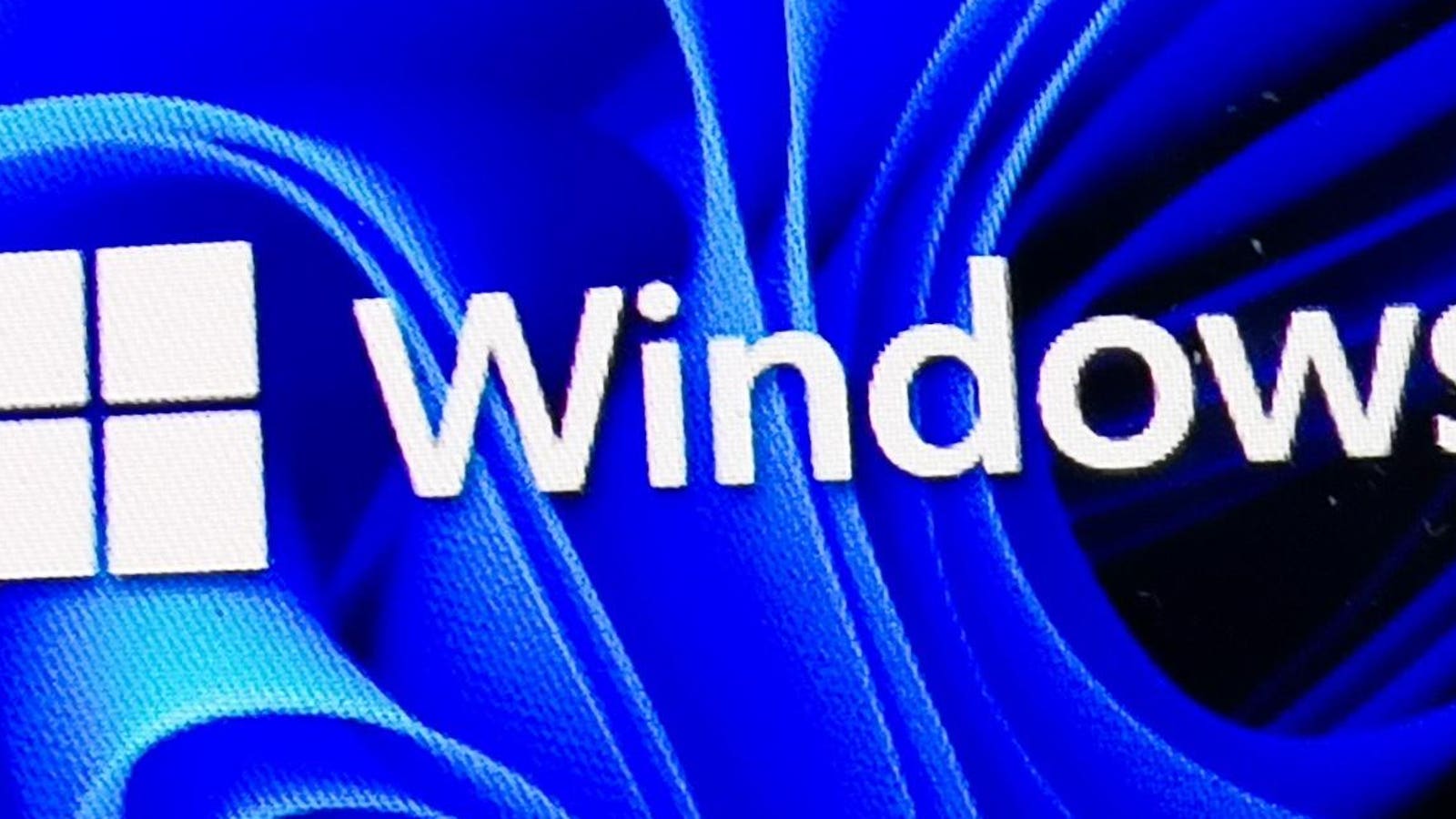Digital generated image of people surrounded by interactive transparent and glowing panels with data.
getty
We know that AI is still catching on.
It’s only been a few years that these new technologies have been available to people, and we’re still catching up, but all signs indicate that this is happening quickly. There’s reporting from our own Bernard Marr in a “20 Mind-Blowing AI Statistics” piece, showing that “66% of people” are using AI, and that generative artificial intelligence tools are being used by 51% of marketers, and a staggering 92% of students.
Or you can note this intuitively, since when you go to your favorite search engine and put in a phrase, you’re already naturally going to see results brought to you by LLMs, right off the bat. As I wrote about a couple of weeks ago, this is cratering the online news business, and other kinds of publishing, which is just another sign of the times, showing how powerful AI is.
The Magic LLM
I was also reading this piece by Wall Street Journal writer Heidi Mitchell who revealed that, in many cases, the people most likely to use AI are those who understand it the least. In some ways, she finds, the novelty is what attracts users. It’s the idea that the LLM is doing these things “magically,” that the human-ness of AI responses are so astounding that the less IT-literate user just can’t look away. On the other hand, those closer to the technology understand that under the hood, it’s just an algorithm. Still, the results can be fairly creepy to even the most seasoned technologist.
“Across several other studies, including those that examined differences in AI receptivity in 27 countries, lower AI literacy scores consistently led to an increased willingness to adopt the technology,” Mitchell writes, referring to a solution suggested by sources called “calibrated literacy.” What that sounds like, essentially, is the art of helping people to gain awareness about AI capabilities and limitations, without dampening their enjoyment of its mystical qualities.
The Road to Mass Intelligence
Now, I also wanted to dive into the newest online essay by a leading technologist, Ethan Mollick, on his blog One Useful Thing. Mollick writes August 28 on the cusp of Labor Day weekend about the inexorable tide sweeping us toward an era where each person in the world commands powerful LLMs.
“More than a billion people use AI chatbots regularly,” Mollick begins, enumerating user stats and tying them to his central thesis. “ChatGPT has over 700 million weekly users. Gemini and other leading AIs add hundreds of millions more … we’re entering an era of Mass Intelligence, where powerful AI is becoming as accessible as a Google search.”
Breaking Down Barriers
Mollick identified two main barriers to mass AI adoption that are being demolished right now. One is cost, where the expense of a given token deployment is plummeting while we discover new ways to build LLMs. The other is confusion. As Mollick notes, it used to be harder to access new models. Free customers didn’t have access to as much. People didn’t know, in a fragmented landscape, which model to use. They may have gravitated, for example, toward ChatGPT, but been bewildered by the array of options (GPT-4, o3, etc.) that just looked like alphabet soup.
An OpenAI solution, he adds, fundamentally solved some of that issue, but was imperfect. ChatGPT-5 is supposed to route users automatically to the OpenAI model that’s best for a given query: Mollick calls it a “router.”
“You could see how this was supposed to expand access to powerful AI to more users: if you just wanted to chat, GPT-5 was supposed to use its weaker specialized chat models; if you were trying to solve a math problem, GPT-5 was supposed to send you to its slower, more expensive GPT-5 Thinking model,” he writes. “This would save money and give more people access to the best AIs. But the rollout had issues. This practice wasn’t well explained and the router did not work well at first. The result is that one person using GPT-5 got a very smart answer while another got a bad one.”
Still, he notes, the version update eventually corresponded to a rise in users taking advantage of more powerful models, on the order of something like 7%, up to nearly a quarter of users.
“Smarter models are getting dramatically more efficient to run,” he adds.
The Energy Question
Mollick also points to advances that eliminate some of the most troubling questions and concerns around AI.
Chances are you’ve been at a dinner party, or a work event, or talking to a friend or family member, and your conversational partner knits their brow, saying something like “doesn’t AI use a lot of energy?”
In writing about this aspect of adoption, Mollick cites Google’s recent research showing that the energy footprint for an average AI query has shrunk an astounding 3300% in recent years, so that, by official estimates, the energy used is three ten thousandths (or .0003, it probably looks better numerically) of a kilowatt-hour, or, as industry responders note, about 8-10 seconds of watching Netflix.
“The marginal cost of serving each additional user has collapsed, which means more business models, like ad support, become possible,” Mollick writes. “Free users can now run prompts that would have cost dollars just two years ago. This is how a billion people suddenly get access to powerful AIs: not through some grand democratization initiative, but because the economics finally make it possible.”
Astronauts and Otters
If you’re familiar with Mollick’s writing, like I am, you know that he’s fond of using an otter as a benchmark subject for investigating AI. You also know that he is likely to include specific experimental results in his post to show practically how the recent advances work.
In this post, he does not disappoint: Mollick starts by noting how Google came out with Nano Banana, a powerful new image editor, and what this can do.
Nano Banana, he reveals, can put Neil Armstrong in a tux, and seat an otter next to him in a spacecraft. It’s whimsical, but it’s also a harbinger of a very different time; in Mollick’s “era of mass intelligence,” any one of us humans can generate deepfakes that can cause consternation for everyone else.
“(My example is) a distortion of a famous moment in history made possible by AI,” Mollick writes, “and a potential warning about how weird things are going to get when these sorts of technologies are used widely … When powerful AI is in the hands of a billion people, a lot of things are going to happen at once. A lot of things are already happening at once. Some people have intense relationships with AI models while other people are being saved from loneliness. AI models may be causing mental breakdowns and dangerous behavior for some while being used to diagnose the diseases of others. It is being used to write obituaries and create scriptures and cheat on homework and launch new ventures and thousands of other unexpected uses. These uses, and both the problems and benefits, are likely to only multiply as AI systems get more powerful.”
But there’s an additional warning here, which goes to the other question that your AI skeptics may be frowning about.
“The AI companies (whether you believe their commitments to safety or not) seem to be as unable to absorb all of this as the rest of us are,” Mollick adds. “When a billion people have access to advanced AI, we’ve entered what we might call the era of Mass Intelligence. Every institution we have — schools, hospitals, courts, companies, governments — was built for a world where intelligence was scarce and expensive. Now every profession, every institution, every community has to figure out how to thrive with Mass Intelligence.”
Touche. If these institutions have to pivot quickly, are they able to? And what does all of this mean for a humanity that some see as fundamentally feeble when it comes to self-determination and responsible tool use?
“A flood of opportunities and problems are about to show up in classrooms, courtrooms, and boardrooms around the world,” Mollick concludes. “The Mass Intelligence era is what happens when you give a billion people access to an unprecedented set of tools and see what they do with it. We are about to find out what that is like.”
I have yet to see a more eloquent description of where we’re at right now. The Labor Day holiday is past, and we enter into the harvest season of a year that brought us unimaginable technologies. This whole thing isn’t going to slow down anytime soon – so we should try to be ready.









